How a good PAO could spin Peter Griffin’s unapologetic havoc

For over two decades, Peter Griffin has wreaked havoc on Quahog with unapologetic flair. He’s fought giant chickens in public intersections, started multiple cults and once launched his own cable news network that nearly caused a civil war.
To the average Family Guy viewer, he’s a buffoon at best and a walking inspector general complaint at worst. But to those who’ve served in the military, Peter’s real problem isn’t his behavior — it’s his lack of a competent public affairs officer.
Suppose Peter Griffin were in a military unit. He’d be the kind of troop whose name always comes up during the morning briefing.
“Sir, you’re going to see a video later today — we’ve already contacted PAO.”
He’s the kind of guy who makes national headlines before command even hears about it. And yet, somehow, he’d never get kicked out. Why? Because someone on staff — likely an overworked O-3 with a public affairs MOS — would be running damage control 24/7.
Let’s be clear: Peter doesn’t need a moral compass. He needs a communications strategy.
When Peter pretends to be mentally disabled to compete in the Special Olympics (“Peter’s Got Woods”), a good PAO could’ve anticipated media blowback and pushed a story about “inclusive fitness training” — a pilot program gone off the rails, yes, but built on “good intentions.”
When he created a militia to invade a neighboring town, a strong PAO could’ve flagged the risks, coordinated with local officials and rebranded the event as a “historic live-fire reenactment.”
Peter’s greatest liability, meanwhile, is his inability to shut up when a camera is rolling. No one in the Griffin household has been media-trained. Lois operates like a political spouse from the 1990s — always caught in the frame, looking vaguely ashamed. Chris and Meg provide contradictory statements that fuel follow-up questions. Stewie, though arguably the most strategic thinker in the family, insists on using his interviews to threaten public officials.
Only Brian, the anthropomorphic dog, has shown any capability to stay on message, though even he has a checkered past. In “The Thin White Line” (Season 3, Episode 1), Brian joins the police force as a drug-sniffing dog, only to develop a cocaine addiction that spirals into a rehab stint. While he’s often portrayed as the intellectual of the group, his track record with responsibility isn’t exactly spotless, making him more of a liability than an asset in any real-world public affairs office.
In the military, perception is often reality. It doesn’t matter what happened — it matters what people think happened.
Peter’s storyline has never been adequately controlled. A competent PAO would reframe the chaos:
- Peter drunkenly drives a tank through downtown? A “community outreach event gone awry,” with a statement that he was “testing equipment for public engagement readiness”
- Peter fakes a medical emergency to get out of work? “A training simulation revealed critical gaps in first responder coordination”
- Peter starts his own church? Distribute a pre-written statement about “faith-based resilience initiatives”
Peter needs a 39-year-old E-7 with an English degree, a perfectly curated LinkedIn and an Excel sheet of talking points for every imaginable scenario.
The military, to be sure, has managed far worse than Peter Griffin. Public affairs officers have had to explain away TikToks, field-grade DUI charges and even the leak of classified war plans.
The right PAO would take proactive steps in Peter’s case: establish redlines for what he can and can’t say in public, create a crisis comms checklist — “Did he offend a protected class? Was alcohol involved? Were there chickens? — and develop a cadence for how often to leak positive stories to massage the previous week’s disaster.
And if that fails, there’s always the Joint Task Force standby: distract the public with a viral dog adoption post, or yet another video of leadership working out with the troops.
In military culture, PAOs are often overlooked until it’s too late. They’re brought into meetings after decisions are made, not before. They’re viewed as paper-pushers, not battlefield multipliers. But if the last 20 years of warfare — and the last 20 seasons of Family Guy — have taught us anything, it’s this: information dominance is everything.
In today’s media environment, stories spread faster than the facts. Given proper messaging support, Peter could be seen as a devoted father, a misunderstood neighbor and a spirited participant in local affairs — not a walking Article 15.
Until then, the memes will write themselves. And somewhere in Quahog, a fictional public affairs officer is crying into their ASU jacket, wondering why they ever left college for this.
Observation Post is the Military Times one-stop shop for all things off-duty. Stories may reflect author observations.
Read the full article here









